Entry Type: Thing
aka: MoPac Station
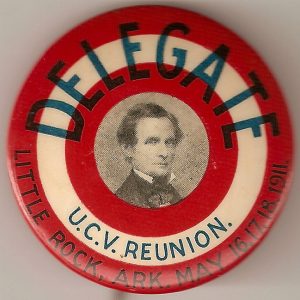 UCV Delegate Button
UCV Delegate Button
 UMWA Document
UMWA Document
United States Civil Rights Trail
United States District Court for the Western District of Arkansas
United States v. Miller et al.
United States v. Waddell et al.
University of Arkansas at Pine Bluff (UAPB)
University of Arkansas Clinton School of Public Service
aka: Clinton School
University of Arkansas Community College at Batesville (UACCB)
University of Arkansas Community College at Morrilton (UACCM)
University of Arkansas Cooperative Extension Service (UACES)
University of Arkansas Hope-Texarkana (UAHT)
University of Arkansas Museum
University of Arkansas Press (UA Press)
University of Arkansas School of Law
University of Arkansas Senior Walk
University of Arkansas System
aka: UA System
University of Arkansas-Pulaski Technical College
aka: Pulaski Technical College
University of Central Arkansas (UCA)
University of the Ozarks
 Untitled
Untitled
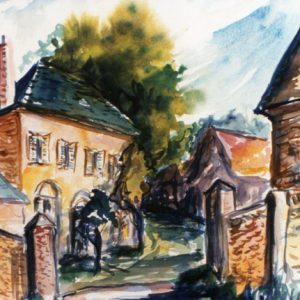 Untitled Watercolor by Gene Hatfield
Untitled Watercolor by Gene Hatfield
Urban Renewal
 USAT General Brehon B. Somervell
USAT General Brehon B. Somervell
USAV Gen. Brehon B. Somervell (LSV3)
 USNS Gilliland
USNS Gilliland
 USNS Private William H. Thomas
USNS Private William H. Thomas
 USNS Sisler
USNS Sisler
 USNS Watkins
USNS Watkins
 USNS General William O. Darby
USNS General William O. Darby
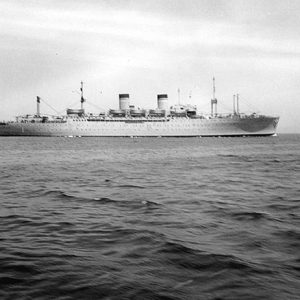 USNS General William O. Darby
USNS General William O. Darby
USNS General William O. Darby (AP-127/T-AP-127)
aka: USS Admiral W. S. Sims (AP-127)
aka: USAT General William O. Darby (AP-127, IX-510)
USNS Gilliland (T-AKR-298)
USNS Private William H. Thomas (T-AP-185)
aka: SS Alcoa Cruiser
aka: USS Rixey (AHP-3)
USNS Sisler (T-AKR 311)
USNS Watkins (T-AKR-315)
USPHS Venereal Disease Clinic
 USS Arkansas
USS Arkansas
 USS Arkansas (CGN-41)
USS Arkansas (CGN-41)
 USS Arkansas (CGN-41)
USS Arkansas (CGN-41)
 USS Arkansas BB-33
USS Arkansas BB-33
 USS Baron DeKalb
USS Baron DeKalb
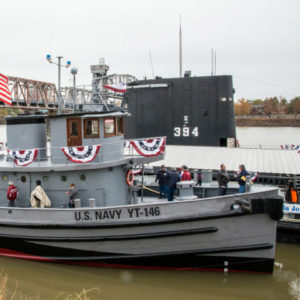 USS Hoga (YT-146)
USS Hoga (YT-146)
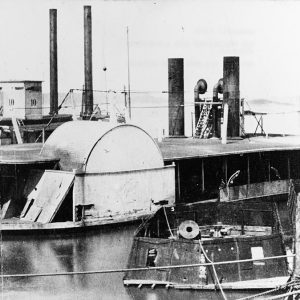 USS Linden
USS Linden
 USS Admiral E. W. Eberle
USS Admiral E. W. Eberle
USS Admiral E. W. Eberle (AP-123)
aka: USNS General Simon B. Buckner
 USS Antrim
USS Antrim
USS Antrim (FFG-20)
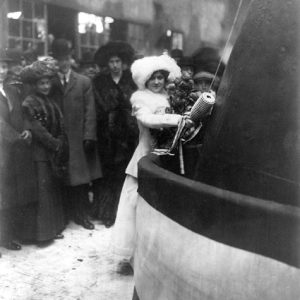 USS Arkansas
USS Arkansas




